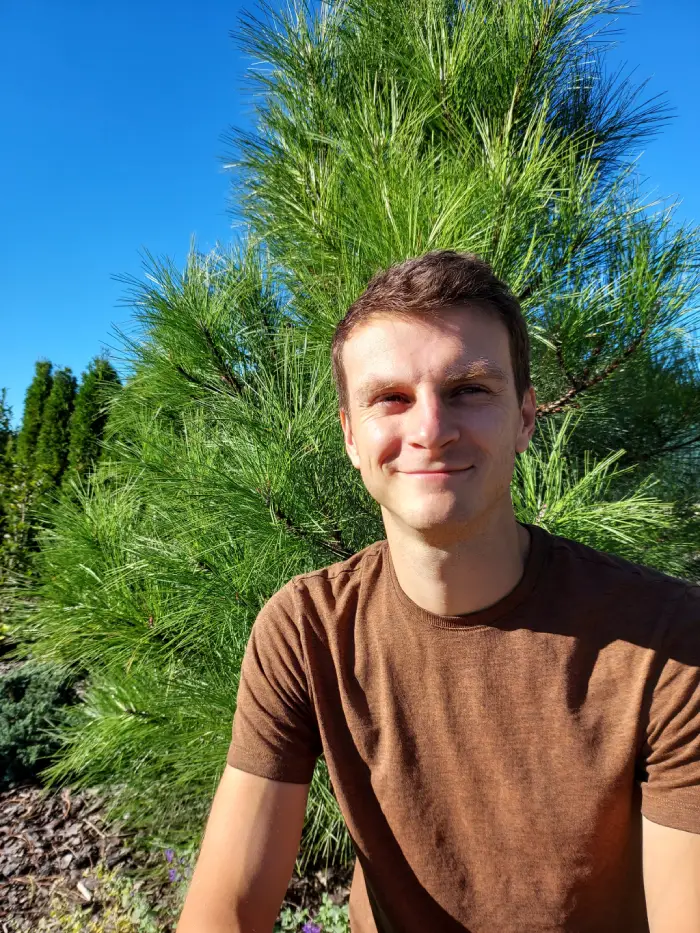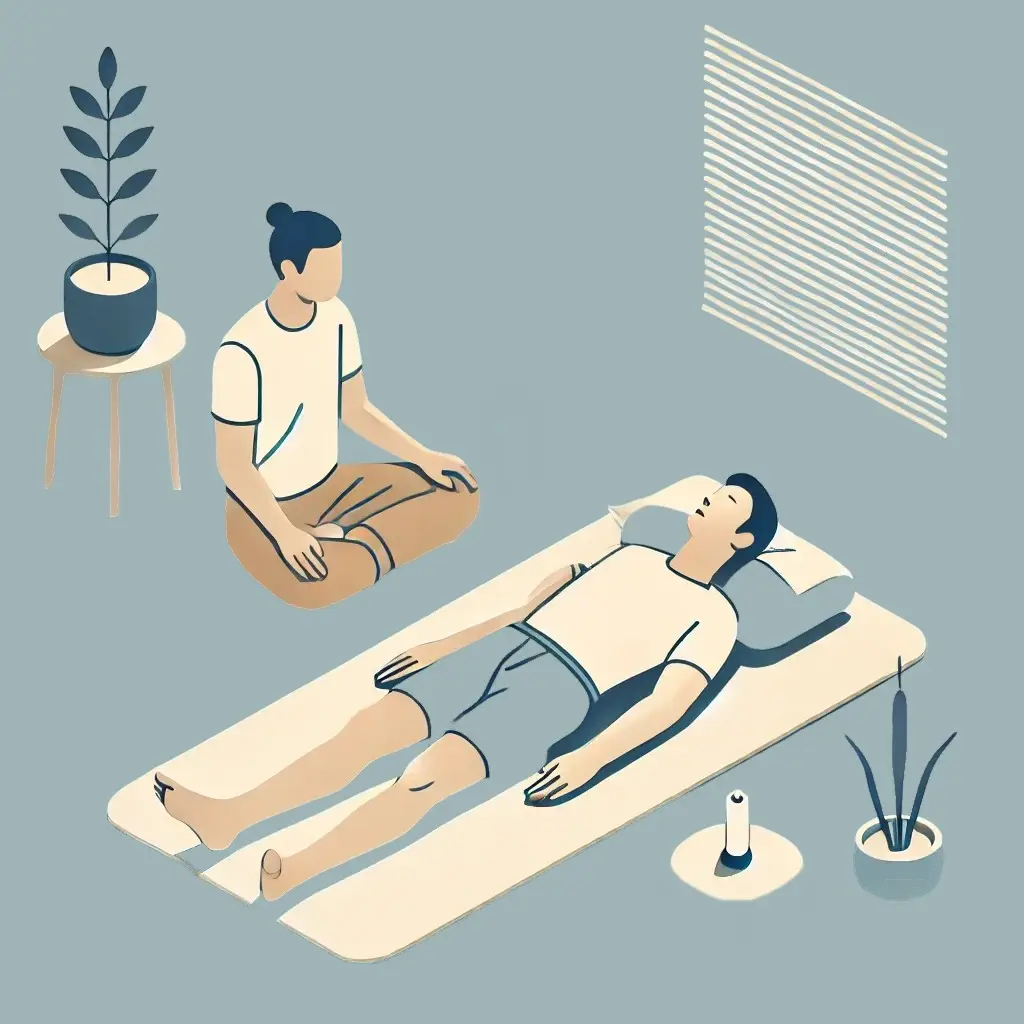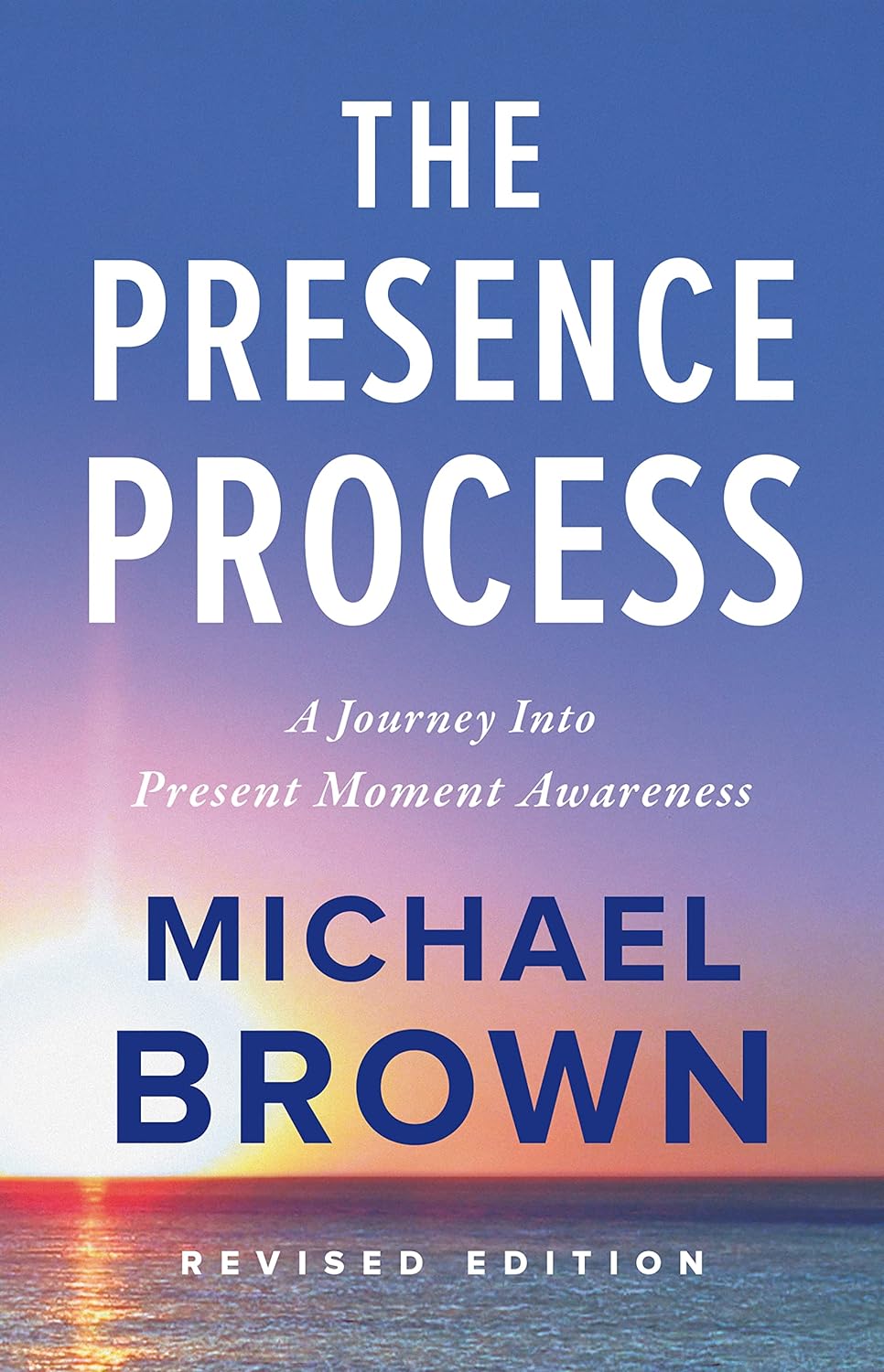On average, a person takes around 23,000 breaths a day. At birth, we take our first breath, and at the moment of death, we take our last. How many of those breaths do we take consciously? Breath is our life force. The Japanese knew this, calling it Ki, while the Chinese refer to it as Qi. Many of us have heard of the Indian concept of Prana. In Hebrew tradition, there is Ruach (breath, spirit), Pneuma in Greece, Ka in Egypt, and Mana in Polynesia and African cultures. It seems that Western culture is only beginning to appreciate the importance of breath. The man who introduced the power of conscious breathing to the Western world is Leonard Orr.
Orr noticed that a specific way of breathing can evoke particular emotional states. The way we breathe changes depending on our thoughts, emotions, and feelings. We breathe differently when we are sad, and differently when we feel joy. A relaxed person breathes fully, while someone who is scared or stressed holds their breath.
 pooddychaj.pl (breathe)
pooddychaj.pl (breathe)





